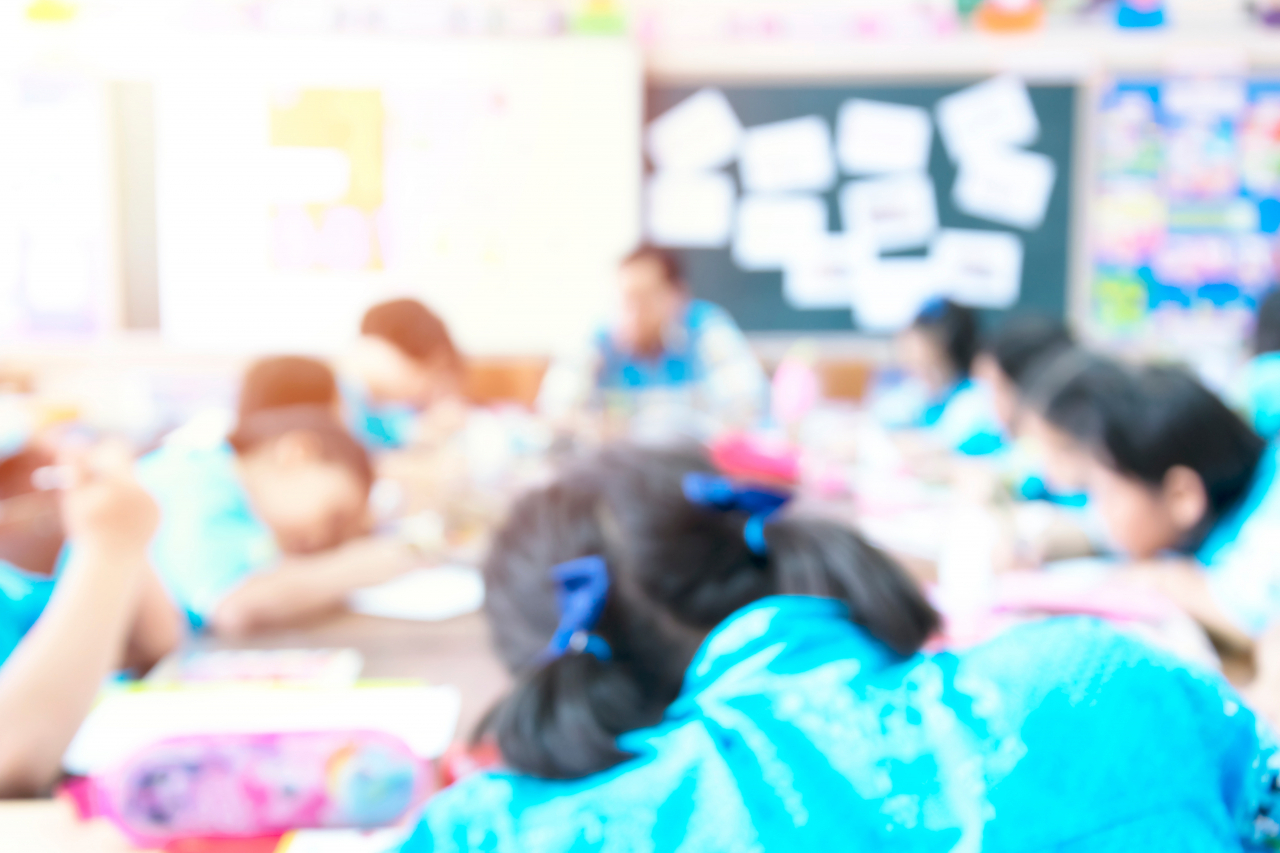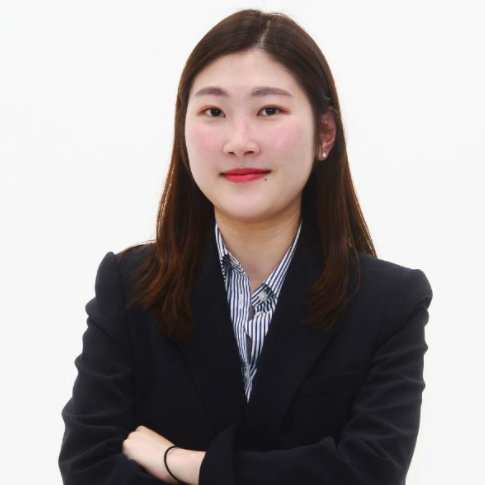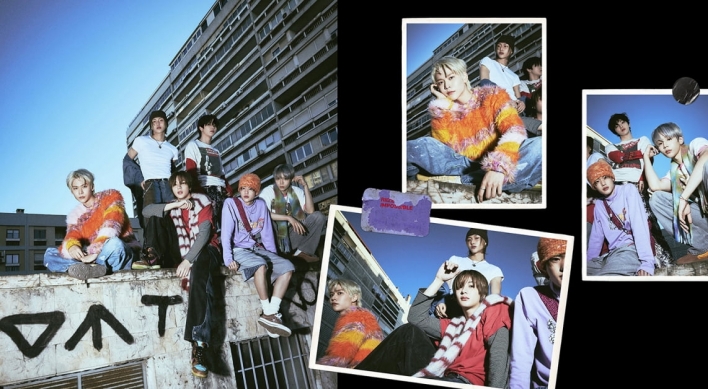Entry-level teachers’ wages below OECD average
South Korea tops again in rate of tertiary education for four consecutive years
By Park Jun-heePublished : Sept. 12, 2023 - 18:06

South Korean entry-level public school teachers earn less money than their counterparts in most member states of the Organization for Economic Cooperation and Development (OECD), the Education Ministry said Tuesday.
According to the latest edition of the OECD report “Education at a Glance,” released and analyzed by the Ministry of Education and the Korean Educational Development Institute, the average gross salary of entry-level teachers was $33,615 for elementary teachers and $33,675 for middle and high school teachers in 2022, which were below the OECD averages.
The OECD averages were $36,367 for elementary school teachers, $37,628 for middle school teachers and $39,274 for high school teachers.
Educators who had taught for at least 15 years, however, earned more than the OECD average. Teachers at Korean elementary schools earned $56,346, more than the OECD‘s $49,968.
The annual report looks into the data on the state of education across the globe. A total of 49 countries, including 38 members and 11 non-OECD member countries, participated in this year’s report. Each country’s data for educational performance was collected between 2021 and 2023, and the data for education expenses is based on 2020.
Teachers’ gross salaries were converted using the gross domestic product, purchasing power parity and exchange rate data from the OECD National Accounts database.
Korea had the highest percentage of people aged 25-34 who had completed higher or tertiary education -- at 69.6 percent in 2022 -- among the OECD member countries and 11 others, ranking No. 1 for four consecutive years.
The country’s higher or tertiary education completion rate for those aged 25-64 averaged 52.8 percent, which is also above the OECD average of 40.4 percent.
In the category of young people who completed higher education, Korea previously ranked No. 2 in 2019, while it held the top spot from 2008 until 2018, the ministry added.
The percentage of those who graduated from higher education institutions, such as vocational colleges and universities, who were actually employed, however, remained below the OECD averages of 81.9 percent and 85.2 percent, for the two groups, in 2022.
For Korea’s vocational college and university grads, 77.3 percent and 78.9 percent of those had landed jobs, respectively. The gap between the relative earnings of the two types of graduates by educational attainment was smaller than the OECD average. The ministry did not provide the figure for the exact gap in earnings.
Also, in these latest education statistics, the number of students per teacher was higher than the OECD average at 16.1 in elementary and 13.3 in middle schools in 2021. The OECD average stood at 14.6 and 13.2 for each, respectively. High school teachers had to manage 10.7 children each, lower than the OECD average of 13.3.
In terms of public education expenses, the Korean government covered 78.9 percent of the country’s total public education spending in 2020, lower than the OECD average of 83.6 percent. The latest figure is a 3.5 percent increase from 2019, according to the ministry.
Public spending includes expenditures on schools, universities and other public and private institutions delivering or supporting educational services, as defined by the OECD.
Meanwhile, students here spent $14,113 on average in public education in 2020, up 2 percent, or $294 more than 2019’s $13,819. The 2020 figure is $1,466 more than the OECD average.
The full report will be available later this month on the OECD website.







![[New faces of Assembly] Architect behind ‘audacious initiative’ believes in denuclearized North Korea](http://res.heraldm.com/phpwas/restmb_idxmake.php?idx=644&simg=/content/image/2024/05/01/20240501050627_0.jpg&u=20240502093000)











![[Today’s K-pop] Sunmi to drop single next month](http://res.heraldm.com/phpwas/restmb_idxmake.php?idx=642&simg=/content/image/2024/05/03/20240503050545_0.jpg&u=)